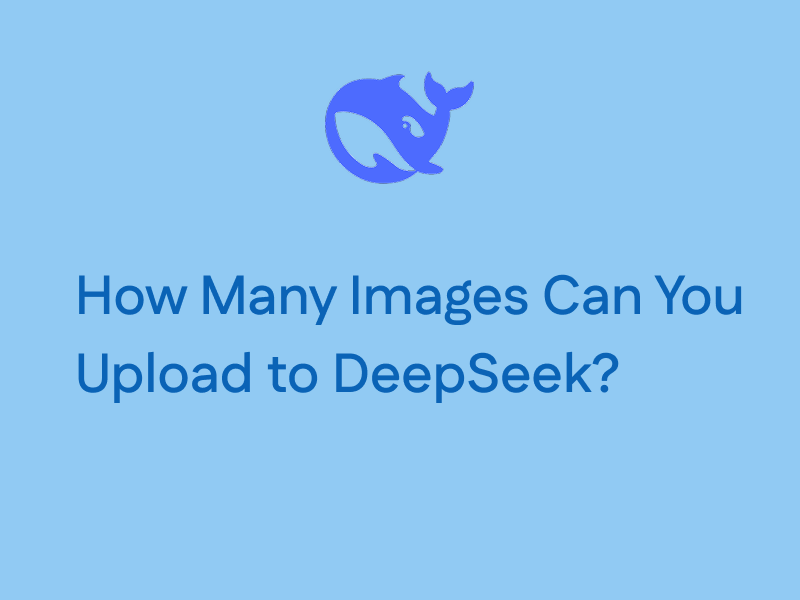
Ever wondered how many images can you upload to DeepSeek at once? Whether you’re using this multimodal AI platform for research, development, or content creation, understanding its image upload limits is key to getting the best results. DeepSeek is designed to process both text and images, enabling tasks like object detection, image captioning, and visual storytelling. But to make the most of it, you’ll need to know the image requirements and limitations.
This guide covers everything from file formats to upload caps and practical tips to optimize your workflow efficiently.
DeepSeek is a cutting-edge AI platform that supports text and image inputs, offering seamless visual and language integration. Some of the most common use cases include the following:
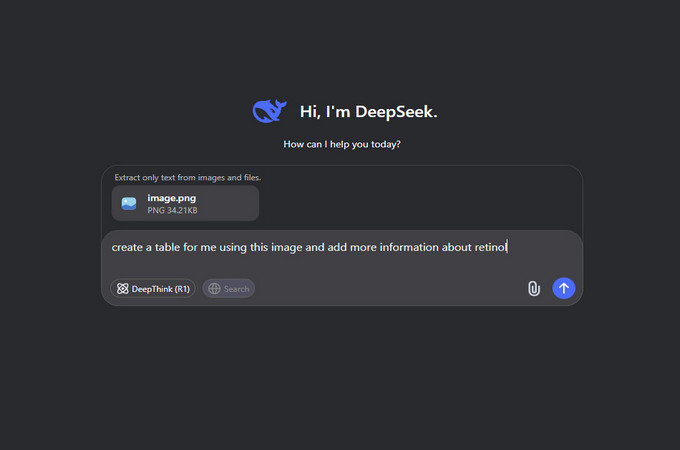
To ensure smooth processing, DeepSeek has specific requirements for file types and sizes.
These are widely used formats balancing quality and efficiency, allowing DeepSeek to process images quickly without compromising detail.
Each image uploaded must not exceed 50MB. If your file is larger, the system will reject the upload. Unlike some platforms, DeepSeek doesn’t automatically compress images. To avoid issues, pre-compress larger files before submitting them.
High-resolution images may slow down processing. Compressed HD images (e.g., 1080p JPGs) are ideal for most projects, offering faster load times without sacrificing clarity.
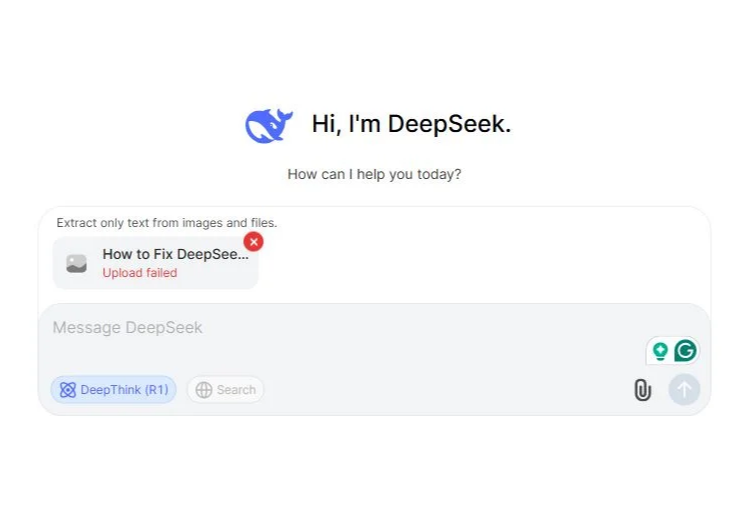
DeepSeek limits the number of images users can upload based on account types and session caps.
There are additional limits depending on whether you’re using a free or paid account.
Free Account
Pro Account
Enterprise Account
Session limits vary depending on the task. For example, image generation tasks may restrict uploads to 5–10 images per session due to increased resource requirements.
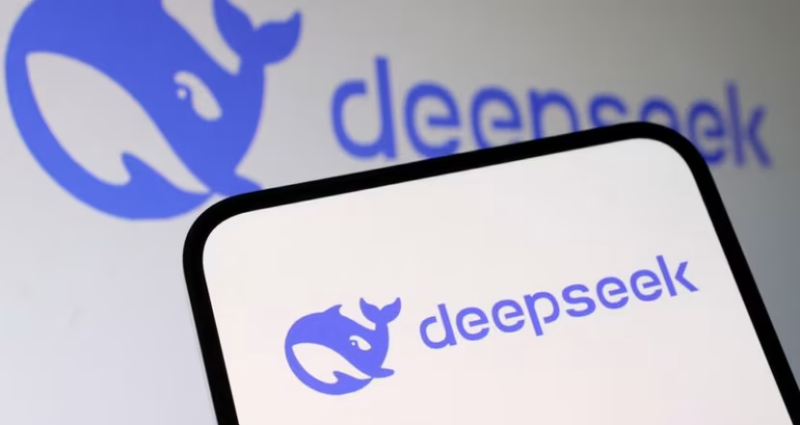
DeepSeek sets clear boundaries for image uploads, but your actual upload experience depends on several factors. Understanding these elements can help you sidestep challenges and make the most of the platform, whether you're running quick tests or managing high-volume production tasks. Here's what plays a role in upload capacity:
The type of DeepSeek account you use directly impacts your upload limits and processing speed. Here’s how:
Free Users
Pro Users
Enterprise Accounts
Each tier is carefully crafted to balance access, performance, and cost, catering to a wide range of user needs.
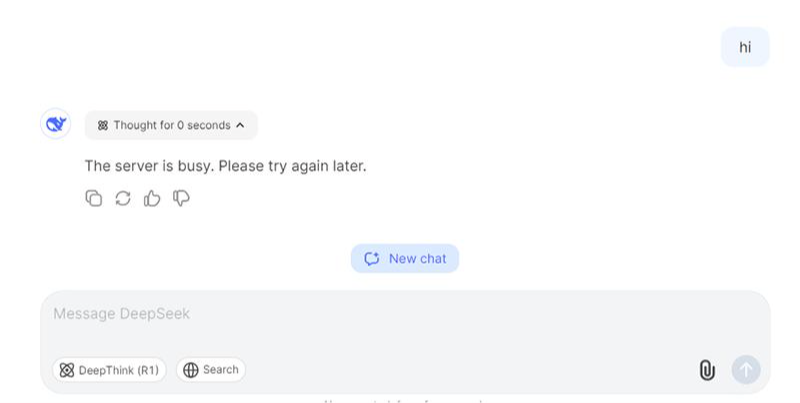
Server activity and AI workload can also affect your ability to upload smoothly. Here’s how server dynamics come into play:
During Peak Times
High-traffic periods, like global business hours or when major AI events take place, can slow things down. You may face delays or even a “busy” message asking you to try again later.
Load-Balancing in Action
To maintain performance for everyone, DeepSeek spreads tasks across its available GPUs. If all GPUs are busy, your upload might get queued. Enterprise users, however, often skip the line thanks to dedicated resources.
Impact on Latency
When server demand is high, tasks can take longer. Complex operations, such as creating AI-generated art or analyzing high-res images, tend to face increased delays.
Not all DeepSeek tasks are created equal. Different image processing models come with their own requirements, which can affect upload limits:
Image Generation (AI Art or Transformations)
These tasks are more resource-heavy, so uploads are often capped at smaller batches, like 5–10 images per session, based on image resolution.
Image Analysis (Object Detection, Captioning, OCR)
Typically more memory-efficient, allowing larger batches, especially if the images are compressed or pre-processed.
Variations in Model Requirements
Some models, like DeepSeek Vision-Large, need extra time and VRAM for processing. On the other hand, lighter models focus on faster outputs. Upload limits may fluctuate depending on the model and backend system being used.
By tailoring its performance to match the needs of each task, DeepSeek ensures a seamless experience for everyone, from casual users to enterprise-level developers.
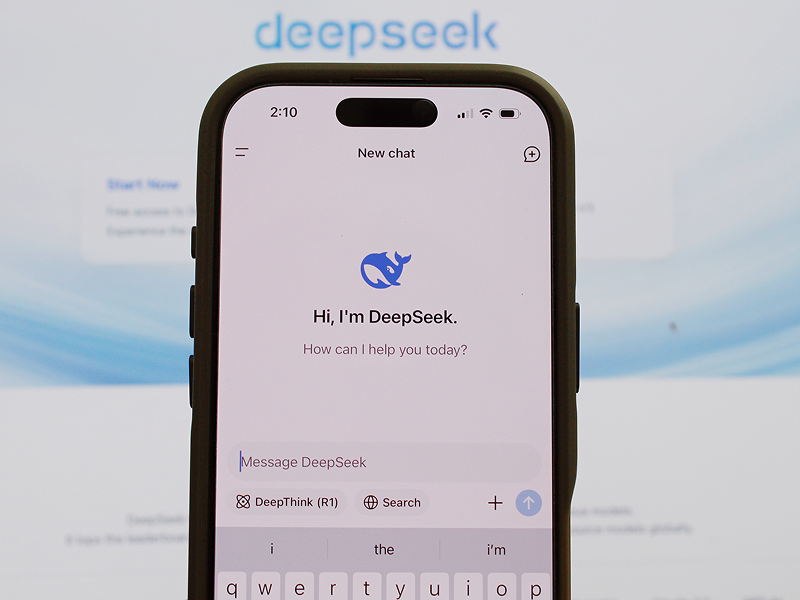
Maximize your efficiency on DeepSeek by following these best practices:
Compress Images
Keep files under 50MB by compressing them before uploading. Tools like TinyPNG or Photoshop can reduce file sizes while maintaining quality.
Use Supported Formats
Stick to JPG, PNG, or WebP formats. Converting unsupported formats (like TIFF or BMP) beforehand will eliminate any errors during upload.
Organize Files Efficiently
Name files descriptively and organize datasets into labeled folders. For batch uploads, compress images into ZIP files for smoother processing.
Monitor Usage Caps
Check your daily and monthly upload limits through the user dashboard. For high-demand projects, upgrade to Pro or Enterprise plans.
Automate Through APIs
For larger-scale operations, use DeepSeek’s API to automate uploads. This is particularly helpful for developers handling multiple datasets or integrating DeepSeek into custom workflows.
While DeepSeek handles image uploads efficiently, occasional problems can arise. Here’s how to troubleshoot common scenarios.
Error: “File too large”
Error: “Unsupported format”
Issue: Daily/monthly cap reached
Your goal determines the DeepSeek account type that suits you best.
Free Users
Great for hobbyists and casual experiments. Limited perks and slower processing during traffic peaks.
Pro Users
Ideal for freelancers and small teams who need increased upload caps and faster response times.
Enterprise Users
Best for large-scale operations requiring custom quotas, GPU allocations, and SLA-backed processing.
Upgrading unlocks features like burst rate APIs, priority servers, and advanced analytics, making it worth considering for professional users.
Understanding DeepSeek's image upload limits and guidelines is crucial for getting the best performance from the platform. From the maximum number of images to file size restrictions, preparation and optimization will ensure faster, trouble-free processing.
For anyone looking to process larger datasets or enjoy quicker results, upgraded accounts provide flexibility and enhanced features. Whether you’re experimenting or operating at scale, DeepSeek adapts to meet your needs.
Got questions about image uploads or need help getting started? Drop them below or visit DeepSeek’s Support Page.
Your next DeepSeek experience is as simple as uploading the perfect image!